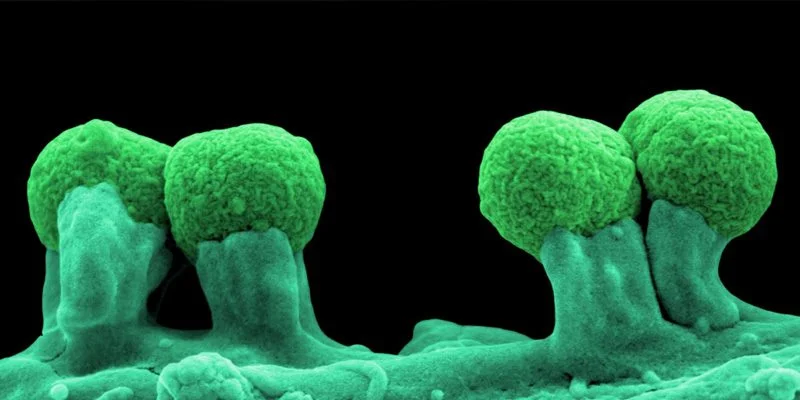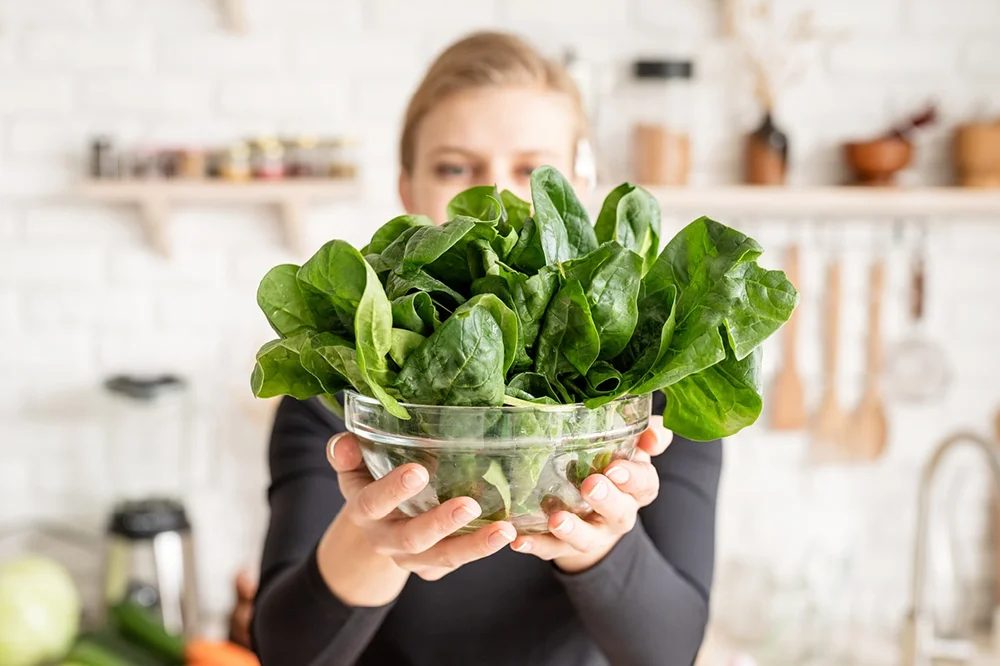One Secret for Keeping Your 2nd Brain Healthy
You have likely heard about the many health benefits of probiotics. But what about PREbiotics?
Although many people think that prebiotic is just a misspelling of the word probiotic, they are actually two very different things!
While a probiotic is a living microorganism (such as lactobacillus or bifidobacterium) that when consumed (as in a food or a dietary supplement) maintains or restores beneficial bacteria to the digestive tract; a prebiotic is defined as a “nondigestible food ingredient that beneficially affects the host by selectively stimulating growth and/or modifying the metabolic activity of one or a limited number of bacterial species in the colon that have the potential to improve host health.”1
Simply put, prebiotics are the “food” for probiotics. They act as a fertilizer for the good bacteria – helping them grow and improving the good-to-bad bacteria ratio. Research has demonstrated that this ratio has a direct correlation to your health and overall wellbeing, from your gut to your brain.
In a 2008 double-blind, placebo-controlled clinical trial with healthy volunteers, gastrointestinal discomforts thought to be related to occasional stress were noticeably improved by a combination of Lactobacillus helveticus Strain R0052 and Bifidobacterium longum Strain R0175 taken daily for three weeks.2
Another double-blind, placebo-controlled clinical trial with this very same combination of probiotic strains, at the very same dosage, was published in 2011. Taken for 30 days, it was found to measurably promote healthy mood and to assist in coping with occasional anxiety likely related to occasional stress.3,4 The strains used in BrainMD Health’s ProBrainBiotics are the very same as those that proved beneficial in these two double-blind clinical trials. However, in order to fully reap these benefits, the probiotics must be well “fed”.
So where are prebiotics found? Most prebiotics are a form of fiber called soluble fiber. Our body does not digest the fiber, but the bacteria in our gut do.
In order for a food ingredient to be classified as a prebiotic, it must:
- not be broken down in the stomach or absorbed in the upper part of the gastrointestinal tract
- be selectively fermented by potentially beneficial bacteria in the colon
- alter the makeup of the colonic microbiota towards a healthier composition
- induce effects that are beneficial to the host health5
Rich sources of prebiotics include:
- Nuts: almonds, cashews, and pistachios
- Fruits: bananas, apples, pomegranates, cherries, kiwi, berries, and nectarines
- Vegetables: Jerusalem artichokes, wild yams, jicama, green peas, leeks, asparagus, chicory, broccoli, kale, garlic and onions
- Legumes: lentils, chickpeas, and red kidney beans
- Whole grains and seeds: oatmeal, flaxseeds, and chia seeds
Unlike probiotics, where supplementation is recommended, you don’t need to go out of your way to get prebiotics so long as you’re eating a varied, healthy diet, you should be getting enough soluble fiber to keep your beneficial bacteria happy.
If you take good care of your gut, it will take good care of you!
- Ashwell M. Concepts of Functional Foods (ILSI Europe Concise Monograph Series Ed Walker, R) 2002. Available at: https://www.ilsi.org/europe/publications/c2002con_food.pdf.
- Diop L, Guillou S, Durand H. Nutrition Research28:1 (2008).
- Messaoudi M, et al. British Journal of Nutrition105:755 (2011).
- Messaoudi M, et al. Gut Microbes2:256 (2011).
- Gibson GR. Dietary Modulation of the Human Gut Microflora Using the Prebiotics Oligofructose and Inulin. J Nutr. 129:1438S-1441S (1999).
- Veterans Day: One Warrior Shares Some of the Best Ways to Heal from Trauma - November 2, 2023
- Could Your Mood Issues Be Linked to a Pain In the Neck? - October 13, 2023
- What’s At the Root of Your Sciatic Nerve Pain? - September 20, 2023



